Huashan (Mount Hua) is one of many historically significant peaks in China. It is grouped as part of the Five Great Mountains (representing four directions/ seasons plus a central anchoring point) – not to be confused with the Four Sacred Mountains of Buddhism, which is different from the Four Sacred Mountains of Taoism! (China is huge and its history stretches for 5,000+ years; there’s something for everyone, as far as mountain ranges and ancient capitals are concerned)
Tim, Denver and I set out on a weekend trip to Xi’An to take the HSK Mandarin Exam, and decided to throw in a trip to Huashan as a sweet bonus for all our hard studying 🙂 Huashan is one of those places that’s probably best done in an overnight trip- the logistics of getting in and out can be time consuming, despite the superfast bullet trains.
In Xi’An we woke up before 5 AM to get a cab to the train station for a 6:30 train- and once arriving near Huashan, it was another cab ride, a detour to purchase tickets, getting through the main ticketing area, and then another 40 minute bus ride from the main entrance to the cable car access point. By the time we actually stepped onto the mountain it was close to 9 AM!
Initially I was bummed at what seemed to be poor weather – the morning was cloudy and slightly drizzly, and I feared we spent all that money for nothing. But halfway into our costly cable car ride, we rose above the clouds and were rewarded with a stunning view of the mountains peeking through the mist:
The moment called for a sleep-deprived, but excited, selfie
I don’t think I’ve ever been on a more dramatic or beautiful cable car ride up a mountain – the landscape was ever-changing, and as the clouds drifted to and fro, hidden peaks emerged just as visible peaks disappeared into dense fog. It’s easy to see why ancient Daoists believed the gods lived under the mountains, and elixirs of immortality could be produced in this realm
Due to poor planning on my part, I only had maybe 4 hours total on the mountain (I realized it took an hour longer than anticipated to get onto the mountain, so I needed an extra hour getting back down). But I was still able to visit the West and South peaks, climbing thousands of slippery, wet steps up and down steep hills, clinging to rusty iron chain fences for support.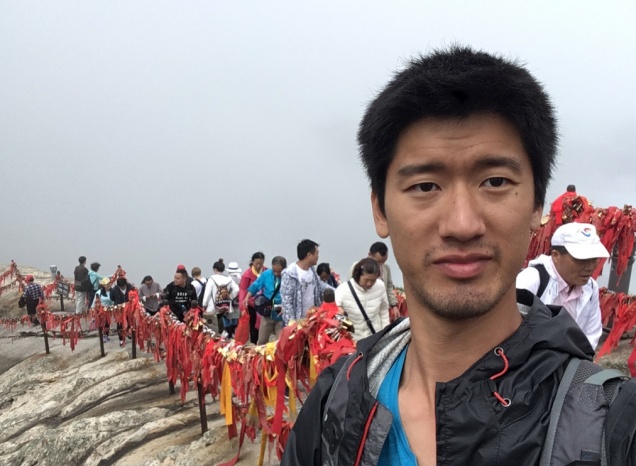
These chains are burdened with locks and red ribbons that were sold everywhere on the mountain- for 20 or 30 RMB you could have your name engraved on a lock and fastened anywhere on the mountain, as proof of your adventure. cute, but now instead of gripping onto a solid chain of iron, I’m gingerly grasping at flimsy locks and shreds of red fabric… dangerous…
The South Peak in particular had astonishing views of several thin, Stegosaurus plate-like mountains that were bathed in a dreamy, white cloud bath.
My elementary school teachers would be proud that I connected land formations to dinosaur fossils, but I do think that’s the most fitting description for these jagged, pressed cliffs:
After enjoying the view I bid farewell to Denver and Tim, and head back on my very early train back to Xi’An. I’m sure they had time to visit the remaining East and North Peaks… but I’ll pretend they saw nothing but fog from those vantage points, to keep myself from being too jealous 🙂 
Side note: Huashan was also shockingly expensive, close to Disney World prices. Between the park entrance ticket, roundtrip park bus tickets, roundtrip cable car tickets, etc I spent almost $100 USD. It’s hard to fathom how middle class Chinese families could casually do a trip to Huashan; nature, it seems, is a luxury in the Middle Kingdom.





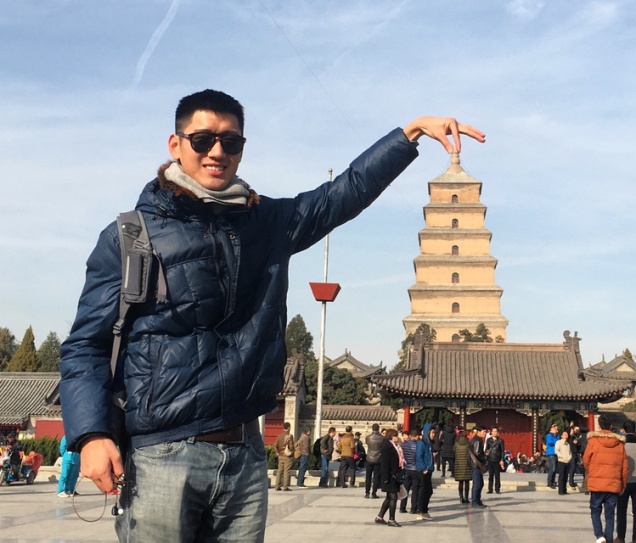
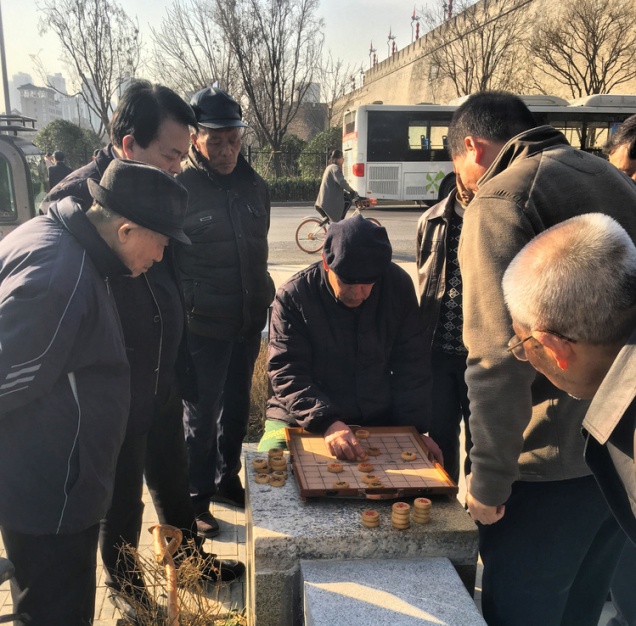



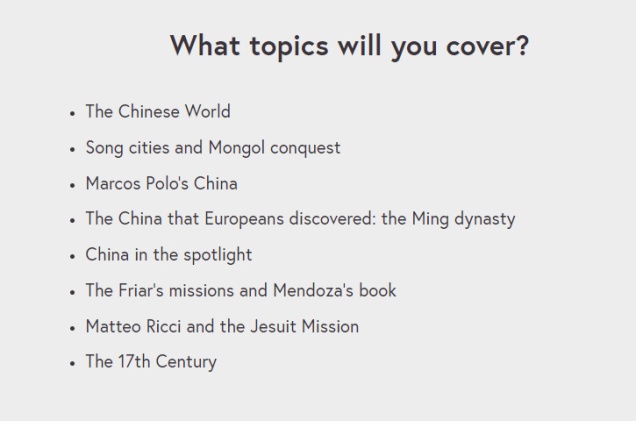

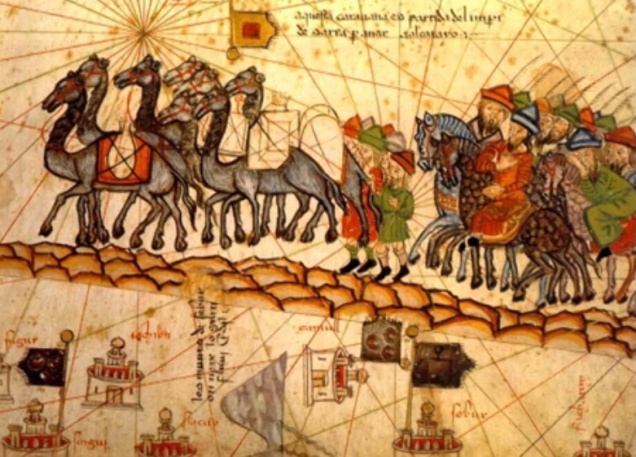
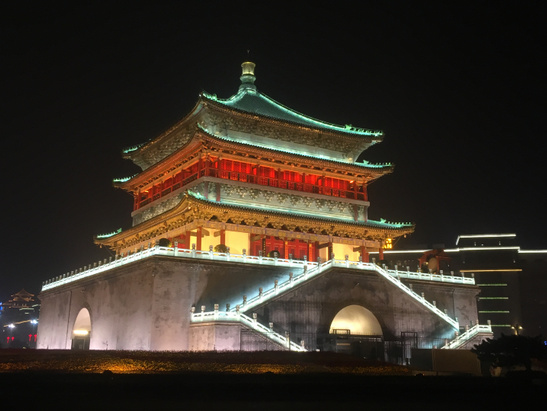




 In 627 AD, the famous monk Xuangzang left China on a 17 year, road-trip journey to India, in an effort to gain a more enlightened understanding of Buddhism and bring back hundreds of original Sanskrit texts.
In 627 AD, the famous monk Xuangzang left China on a 17 year, road-trip journey to India, in an effort to gain a more enlightened understanding of Buddhism and bring back hundreds of original Sanskrit texts.
 As more and more pilgrims returned from India with Buddhist texts, the two pagodas (and Xi’An as a whole) became a symbol for the spread of Buddhism throughout China.
As more and more pilgrims returned from India with Buddhist texts, the two pagodas (and Xi’An as a whole) became a symbol for the spread of Buddhism throughout China. The gold work is mostly filigree- fine gold threads that are then woven together to form baskets, headpieces/ crowns, and (my favorite) vases.
The gold work is mostly filigree- fine gold threads that are then woven together to form baskets, headpieces/ crowns, and (my favorite) vases.
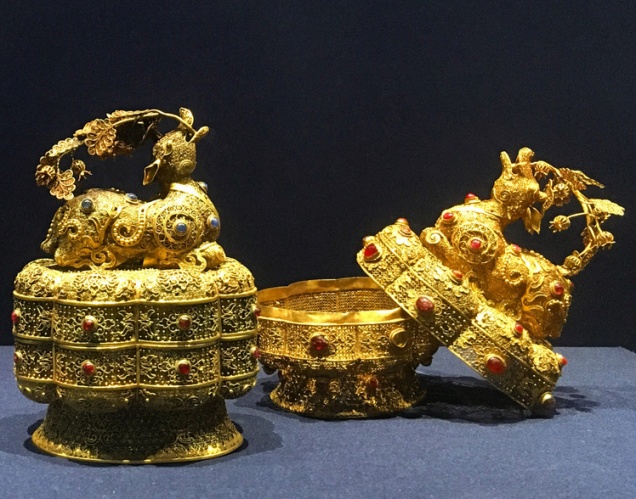
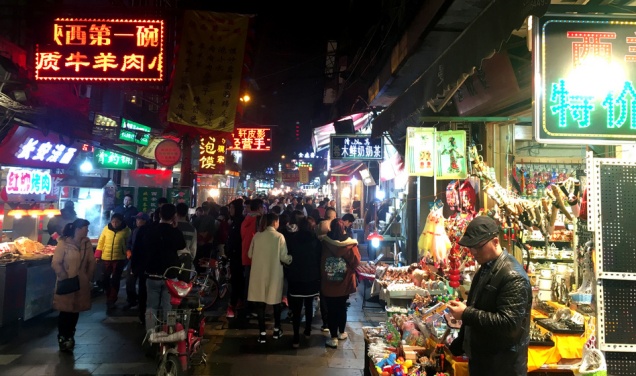
 Xi’An is also famous for Yang Rou Pao Mo 羊肉泡馍 (Mutton and soaked bread) which I obviously had to try.
Xi’An is also famous for Yang Rou Pao Mo 羊肉泡馍 (Mutton and soaked bread) which I obviously had to try.


